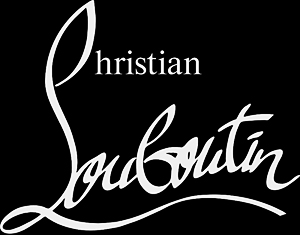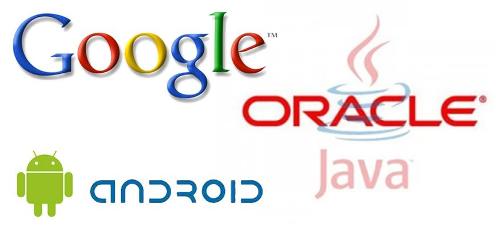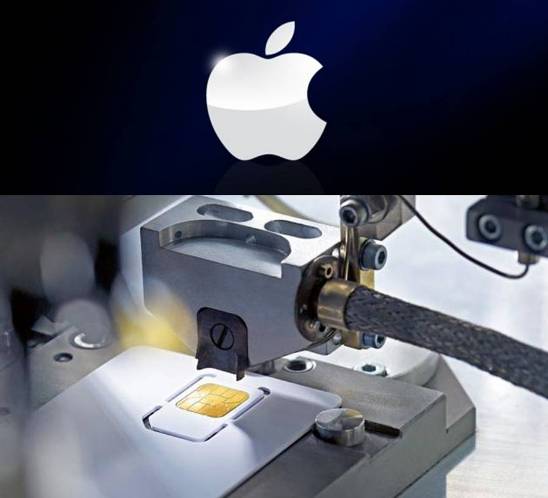 Much has been said about the would-be patent troll and its vagaries on the rapidly-evolving patent litigation minefield that has become the quid pro quo for entering today’s competitive landscape of IP strategy. Patents have taken on a new form of strategic value in this context of IP monetization as the basis for IP management.
Much has been said about the would-be patent troll and its vagaries on the rapidly-evolving patent litigation minefield that has become the quid pro quo for entering today’s competitive landscape of IP strategy. Patents have taken on a new form of strategic value in this context of IP monetization as the basis for IP management.
The nom de guerre Patent Troll has also gone through its own transformation. Coined by Peter Detkin – Founder and Vice Chairman of Intellectual Ventures (IV) – during his days with Intel to fend off a libel suit for the use of the term patent extortionist, the association of business entities with the cutely-grotesque creature of fairy tales has always devolved into choosing sides between those who are for and those who are against the dubious activity attributed to trolls, for which yes-no answers are meaningless.
For some time now, the more oblique name Non-Practicing Entity (NPE) has become the less-offensive alternative term to use. However, this has raised its own complication in that university Technology Transfer Offices (TTOs) can be easily lumped into this NPE category as well, which may not be the intention when speaking of alleged, unsavory business practices in IP management. Thus, another term, Patent-Assertion Entity (PAE), has been used to better classify the characteristics of businesses that are drawing so much attention.
None of the pseudonyms above really clarify very much, and perhaps even add confusion. To level the field in analyzing what’s the test for an NPE or PAE to contribute economic benefit to an industry, “patent aggregator” is used here as a neutralizing compromise in that it is usually a common-ground term acknowledged by all sides, even if not wholeheartedly, of the debate.
So, what is the trolling behavior that so many find repugnant and destructive? To move the discussion into full gear quickly, let’s discuss some recent events related to Digitude Innovations, a patent aggregator that acquired a portion of Apple’s patent portfolio as reported on VentureBeat. Founded in 2010, Digitude initially raised $50 million from Altitude Capital Partners in order to “acquire, aggregate, and license key technology areas within the consumer electronics and related technology fields in a patent consortium.” Digitude credits itself as being a unique “patent investment vehicle” in seeking out strategic partners who will invest with their patents, as opposed to contributing money as part of its IP strategy.
Patent “investors” receive a portion of Digitude’s profits based on the value of the IP contributed by each party. Digitude has filed lawsuits with the ITC alleging patent infringement by technology companies including RIM, HTC, LG, Motorola, Samsung, Sony, Amazon, and Nokia. Two of the four patents, in the crowded mobile-phone space, that were asserted in the patent-litigation claim were previously assigned to Apple. This makes it clearer why Apple was not included in Digitude’s list of alleged infringers – they already paid their fee, so to speak, by “investing” in Digitude. The IP transactions occurred through an intermediary, the shell company Cliff Island LLC – covert IP management, but par for the course.
Does this make Digitude a hired gun for Apple to aggressively litigate? And who “trolled” whom – was Apple looking to assert its patents without media attention in a form of “proxy IP-strategy” enforcement, or was this the result of a settlement after Digitude was trolling for licensing fees from Apple? The ITC’s website has a list of files (mostly confidential) relevant to the lawsuits, but one is listed as “Digitude-Apple License Agreement.” It’s quaint how the verb form of the word troll lends itself so nicely to the situation. But regardless of who made the first move, is this really trolling?
As another example, as reported on Patently-O, Luxembourg-based Core Wireless Licensing S.a.r.l. has sued Apple for patent infringement. Core Wireless – who was acquired by the patent licensor MOSAID owned by the US private-equity firm Sterling Partners – obtained its portfolio of 2,000 patents and pending applications from Nokia and Microsoft for the bargain price of $20,000 under the terms that Core Wireless must enforce the patents, and remunerate Microsoft and Nokia with two-thirds of any licensing revenue, aggressive IP-management tactics to say the least. If minimum performance thresholds are not met, then the patent rights revert to Nokia and Microsoft – a form of a contingent-fee patent-litigation arrangement. If so, who is doing the trolling – MOSAID or Nokia and Microsoft? And, is this really trolling? As Shakespeare said, “A rose by any other name would smell as sweet.”
Now that we seem to be in the thick of things, let’s look at the value chain created by practicing entities and their provocateurs, the patent aggregators, who employ such an IP strategy. In doing so, one will quickly realize that the linkages need to include the patent system. Once we have a proper economic bearing on the situation, we can then return to looking at IP-management companies like IV with a better perspective.
In our review on patent quality across different patent regimes, and the tradeoffs of using various policies in the USPTO, EPO, and JPO as levers of economic incentivization, we highlighted Bruno van Pottelsberghe’s extensive published work on patent-value determinants – contrasting the applicant-friendly, “soft examination” practice of the USPTO with the “smother of invention” rigor of the EPO.
The following tensions can be drawn from the data, which need to be reconciled in our assessment of overall economic benefit. From a patent-office perspective, if throughput of patent examination and grant increases to a great extent (using lower filing fees as a lever, for example), patent quality will decrease as a result of reduced examination rigor. This leads to a vicious cycle in which a low-quality examination process leads to the filing of more low-quality applications, which in turn further reduces the examination quality because examiners become overloaded.












